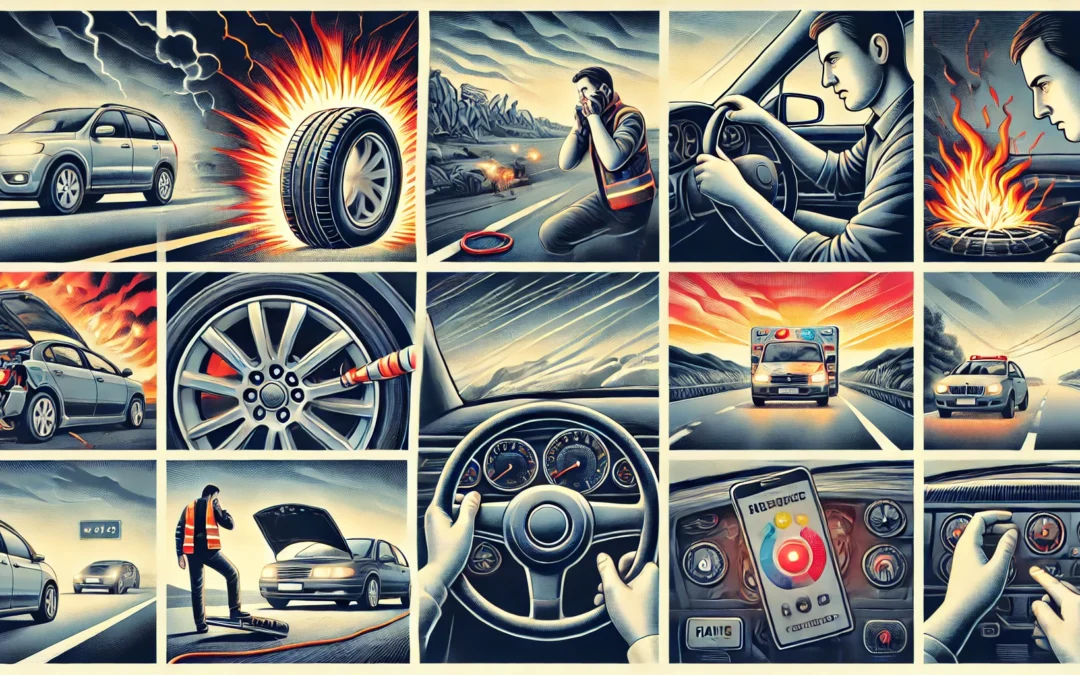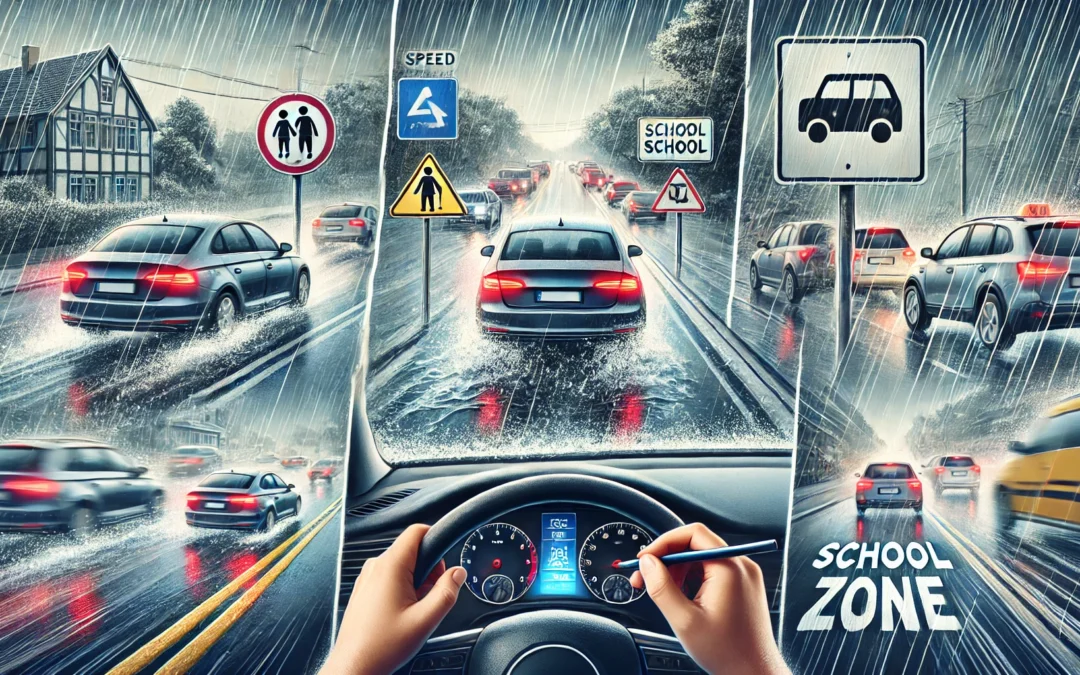
Adapting to New Driving Technology: Stay Safe and Informed
Adapting to New Driving Technology: Stay Safe and Informed
Modern vehicles come equipped with a host of advanced technologies designed to improve safety and comfort. As a driver, understanding and utilizing these technologies is essential for maintaining control and preventing over-reliance on automated systems. Whether it’s lane departure warnings, adaptive cruise control, or backup cameras, staying informed about how these features work helps ensure you drive responsibly.
1. Learn Your Vehicle’s Features
Before hitting the road, take the time to familiarize yourself with the technologies in your car. This includes:
- Lane departure warnings: These systems alert you if the vehicle unintentionally drifts out of its lane. While helpful, they don’t replace the need for constant vigilance.
- Adaptive cruise control: It adjusts your speed to maintain a safe distance from the car ahead, but it requires driver oversight, especially in heavy traffic.
- Automatic emergency braking: This feature can help prevent collisions by applying the brakes if it detects an impending crash. However, never rely solely on it—always be ready to brake manually.
Reading the car’s manual or researching the specific functions will help you understand how each feature can support your driving while keeping you in control .
2. Avoid Over-reliance on Automation
While modern cars are equipped with many driver-assist systems, these technologies are meant to assist, not replace, the driver. Here are key points to keep in mind:
- Stay engaged: Even with hands-free systems or self-parking capabilities, you need to stay focused and ready to intervene if necessary.
- Manual overrides: Be aware of how to quickly switch off or override any automated systems in case they malfunction or act unexpectedly.
- Be cautious with self-driving features: If your vehicle has semi-autonomous functions, such as Tesla’s Autopilot, remember that these systems still require your full attention. They are not substitutes for hands-on driving .
By understanding the limits of these systems, you avoid placing too much trust in technology and remain a responsible driver.
3. Keep Software Updated
Modern cars now have software much like smartphones and computers. Manufacturers often release updates that improve performance or fix safety issues. To ensure your vehicle operates optimally:
- Check for software updates regularly: Some cars notify drivers of updates automatically, while others require manual checks.
- Visit your dealership if necessary: For older vehicles, updates may need to be installed by a technician.
Keeping your vehicle’s software up to date ensures that all the safety features are working as intended.
4. Know the Limitations of Driver Assistance Features
While driver-assist systems offer valuable support, they do have limitations. For example:
- Lane-keeping systems may struggle in poor weather or on roads without clear lane markings.
- Parking assist sensors might not detect very small objects, like curbs or low-lying debris, that could damage your vehicle.
- Blind spot monitors are useful, but they don’t eliminate the need for checking over your shoulder before changing lanes .
By recognizing these limitations, you can use these features as complementary tools rather than becoming overly dependent on them.









Recent Comments